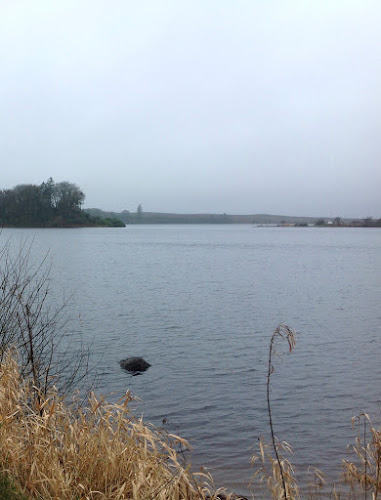This navigation extended some four miles and five chains from Strabane to the tidal waters of the River Foyle. (A chain is 66 feet in length.) The person behind the project was John James Hamilton, the First Marquess of Abercorn, (it was only in 1868 that the Hamiltons were elevated to the rank of Dukedom). The canal was constructed between 1791 and 1796 at a cost of £11,858 towards which the Irish Parliament provided £3,703 by way of 4% debentures.
Construction was under the supervision of a John Whally of Coleraine although Richard Owen the engineer on the Lagan Navigation was consulted initially in relation to the course of the, "cut." Two locks were required and it was not until 1795 that these were completed. The canal was opened to public traffic on 21st March 1796 to much acclaim. The Strabane Journal reported that the first boat to pass through the canal was owned by a Mr Fleming and that, "ale and bonfires and illuminations and other demonstrations of joy closed the night." Both locks were over one hundred feet in length and could accommodate ocean going schooners of some 300 tons burden. The Abercorn estate charged a tonnage rate of two shillings per ton.
In 1820 the canal was leased to a group of individuals from Strabane and District and for a time the early success of the canal continued. In 1836 over 10,500 tons of merchandise was carried on the navigation. However in 1847 Strabane was connected to Ireland's burgeoning railway network when a standard gauge railway line was completed from Londonderry. This hearalded the move from waterway to railway as a mode of moving freight. On 1st July 1860 the company which had been operating the canal since 1820 went into liquidation. It was replaced by the Strabane Steam Navigation Company which continued to operate the canal until circa 1890 when it too went into liquidation. Its annual gross revenue had never exceeded £3000 with a net profit that never exceeded £300.
The next operator of the canal was the Strabane Canal Company Limited which was incorporated on 28th April 1890. It took a thirty one year lease from the Duke of Abercorn at an annual rent of £300. By this time the condition of the canal had begun to deteriorate. In 1900 the Donegal Railway Company opened its line from Strabane to Victoria Road Londonderry providing another route for transporting freight. In 1913 the second Duke of Abercorn sold the canal to Strabane & Foyle Navigation Limited subject to but with the benefit of the lease in favour of the Strabane Canal Company Limited. Under the auspices of the new owner and its controlling shareholder, (William Smyth), attempts were made to improve the draught of the navigation and a steam tug was acquired. By the 1930's the traffic on the canal had more or less ceased. The construction of the Craigavon Bridge at Londonderry, which unlike its two predecessors did not have an opening section to facilitate up river traffic may well have accelerated matters.
In December 1962 the section of canal from the Strabane Basin was officially closed. In recent years a 1.5 mile portion of the canal including the two locks was renovated with the benefit of a £1.3 m grant.
(For info on Strabane & Foyle Navigation Limited see http://northernscrivener.blogspot.com/2015/10/strabane-foyle-navigation-limited.html)
Sources: W. A. McCutcheon, "The Canals of the North of Ireland," - David & Charles 1965







